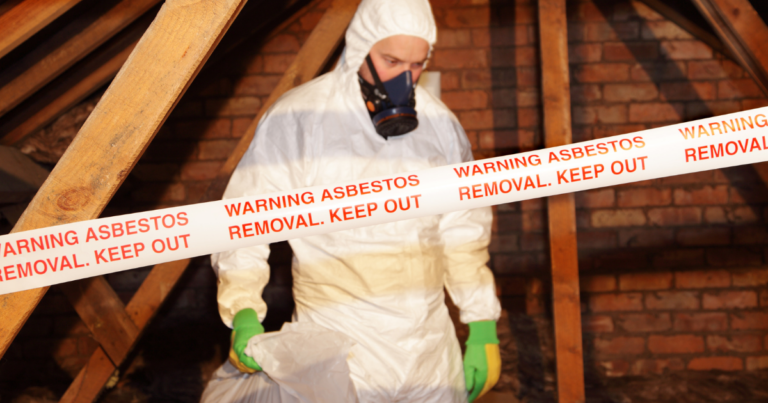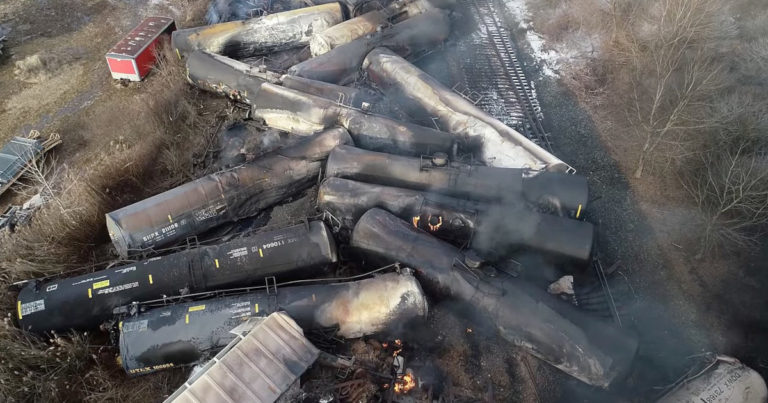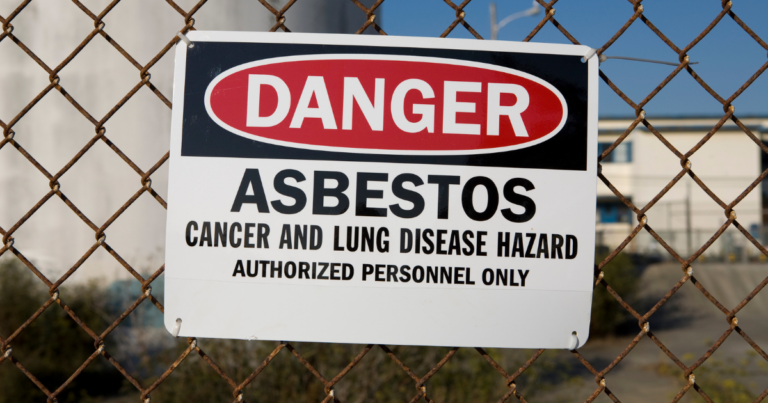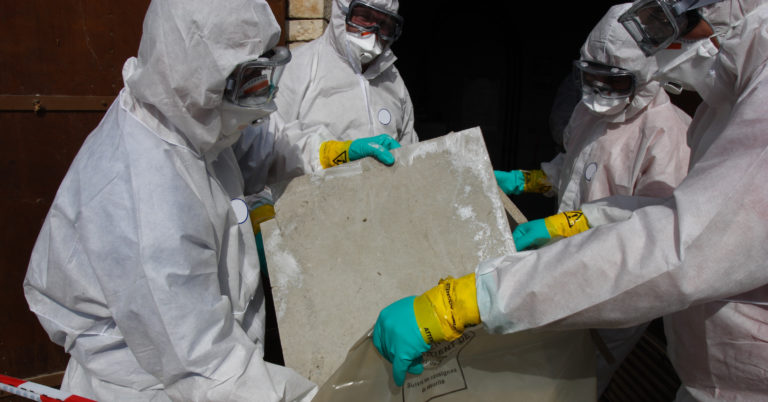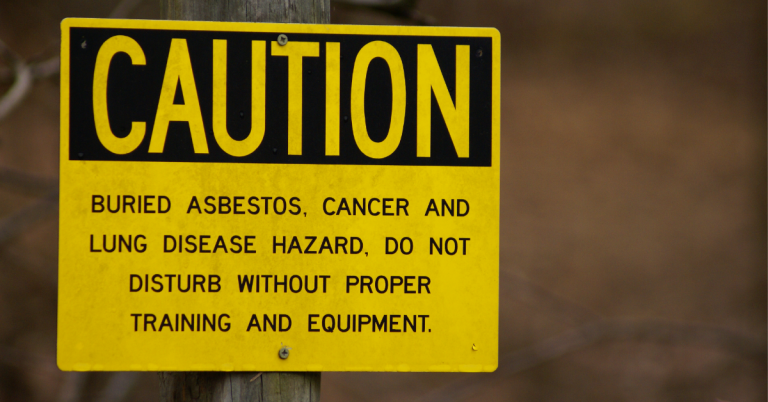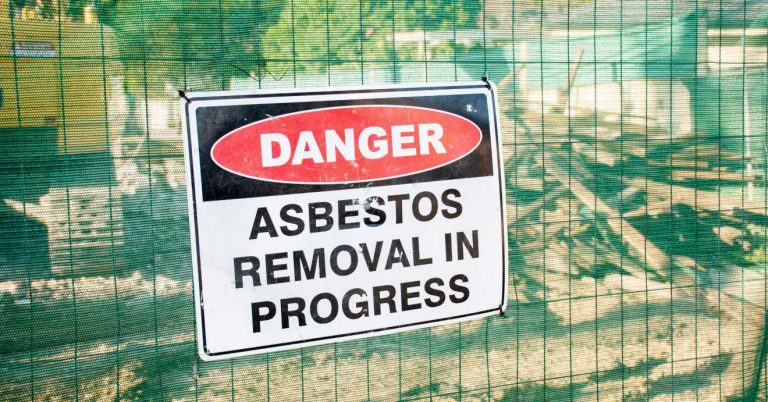Our Priorities
EPA: Ban asbestos
TSCA IMPLEMENTATION
Asbestos is a notoriously toxic substance. A known carcinogen, it can cause fatal illnesses including mesothelioma, asbestosis, and cancers of the lung, larynx, and ovaries. It is estimated that each year more than 40,000 Americans die from entirely preventable asbestos-caused diseases. Today, while asbestos is banned in nearly 70 countries, it is not banned in the United States.
There is still much more work to be done to truly protect us from this dangerous substance. All asbestos should be banned, not just individual fibers.
Working with our partners at Asbestos Disease Awareness Organization, we continue to fight for federal bans on asbestos.

